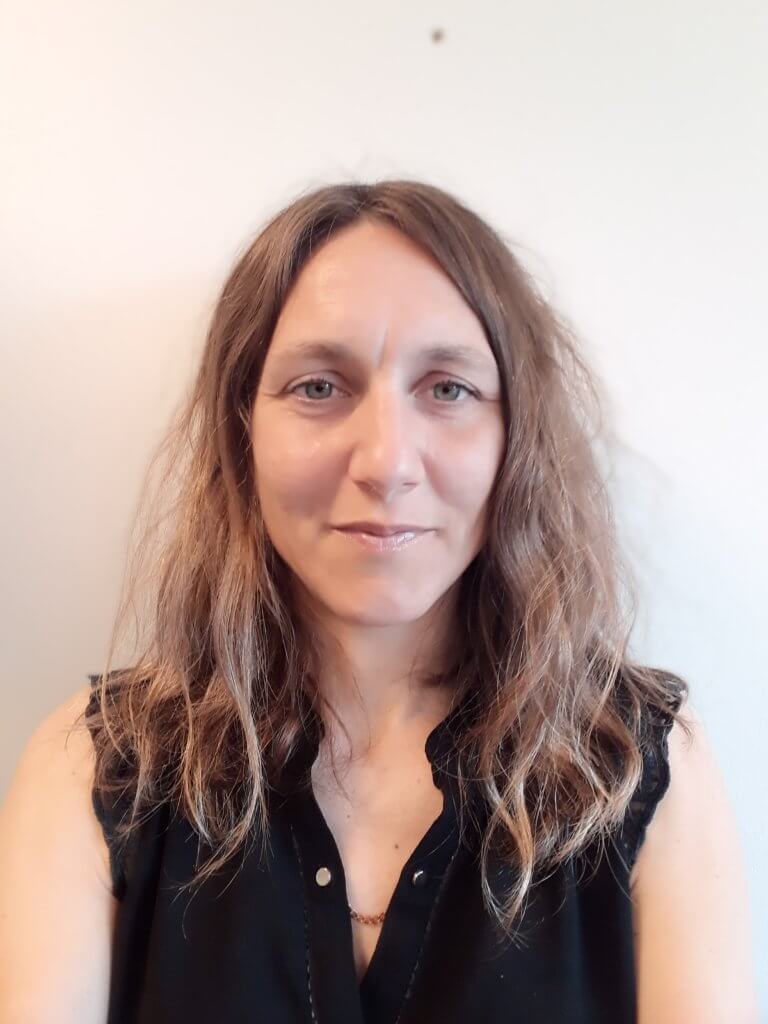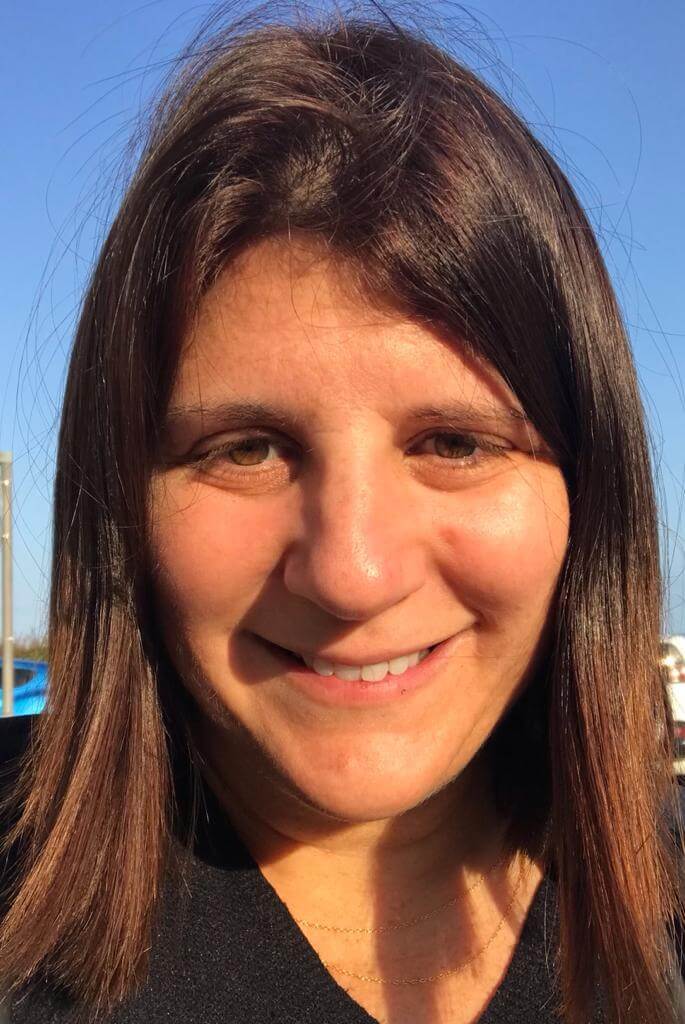Webinar
Joint Turku University Hospital and Brainlab Webinar: Achieving Excellence in SRS & SBRT
May 18, 2021

Description
Join Professor and Chief Physician Heikki Minn and his team from Turku University Hospital as they host this joint SRS and SBRT webinar for the Nordic and Baltic region. This webinar will cover comprehensive workflows of these specialized techniques at different institutions.
First we will begin with an overview of excellence in linac-based radiosurgery. Turku University Hospital will present their center and their experience of the Novalis Certification process in detail.
Next, the team from Genesis Care, Oxford will introduce the much debated topic of feasibility of SGRT in SRS and SBRT together with preliminary results from a comparative study. Herlev Hospital, Denmark will then bring the focus back to intrafractional motion and the necessity of imaging in SRS pathways.
Our early adopters at Rigshospitalet, Copenhagen, who have treated over 250 patients using ExacTrac Dynamic, will then bring the technologies of SGRT and imaging together, taking us on a treatment walkthrough and sharing their user experiences.
We will then move to our colleagues from UKE, Germany, who will present Elements Cranial SRS and Elements Multiple Brain Mets SRS, a single isocenter solution software for planning multiple lesions. With its carefully developed, clinically-driven tumor margin strategy, this solution maximizes efficiency and automation.
Finally, the Royal Marsden Hospital team will conclude with a presentation on Elements Contrast Clearance Analysis, a decision aid tool that assists Neuro Oncologists with clinical judgement in determining radionecrosis or tumor progression activity. Through extensive clinical usage and Quentry multi-disciplinary team meetings with Sheba Medical Centre in Israel, this London-based team are one of the most experienced centers using this technology.
Click here to take a look at the detailed agenda.
We look forward to meeting you online!
Language | English
In case you can’t join the webinar, it will be recorded and shared afterward.
Participation is free of charge.
The views, information and opinions expressed during this presentation are the speaker’s own and do not necessarily represent those of Brainlab.

Heikki Minn, Prof. Professor
Turku University Hospital, Turku, Finland



Manuel Todorovic, Head of Clinical Medical Physics
Universitätsklinikum Hamburg-Eppendorf, Germany

Nicola Rosenfelder, Clinical Research Fellow
Royal Marsden Hospital, London, United Kingdom

Nikolaj Kylling Gyldenløve Jensen, Dr.
Rigshospitalet, Copenhagen, Denmark